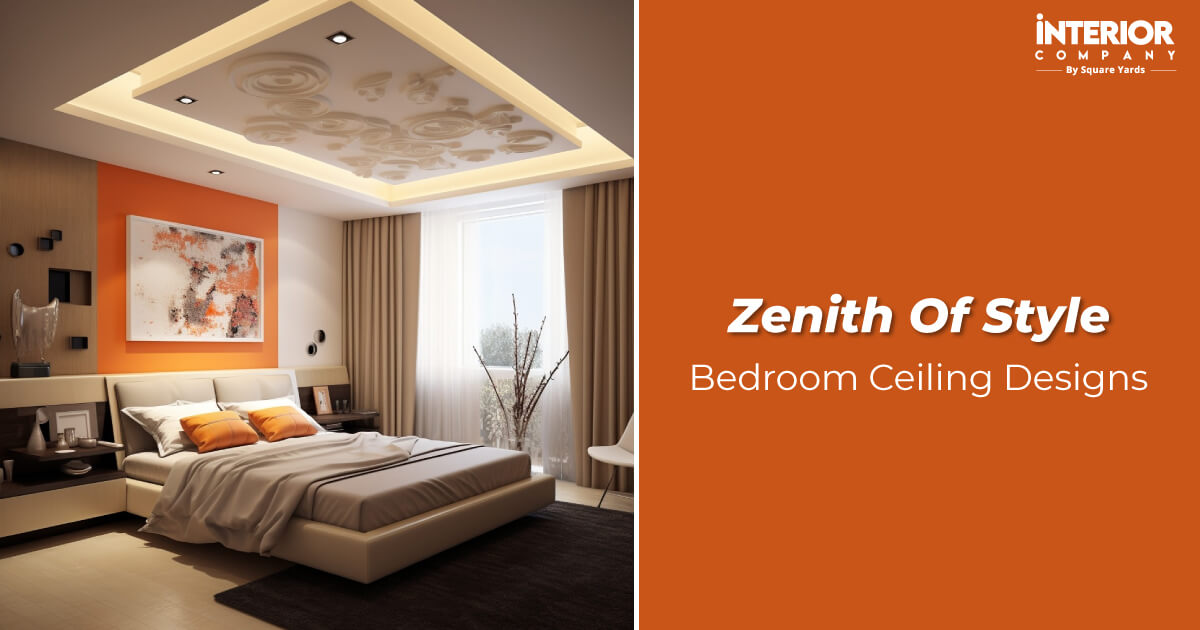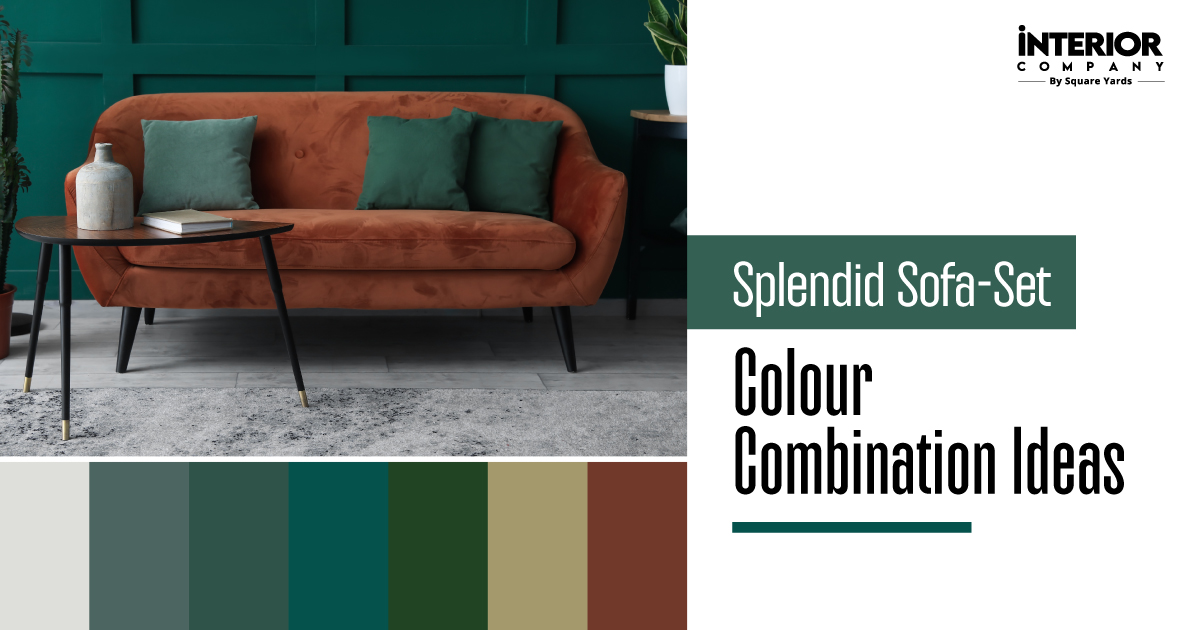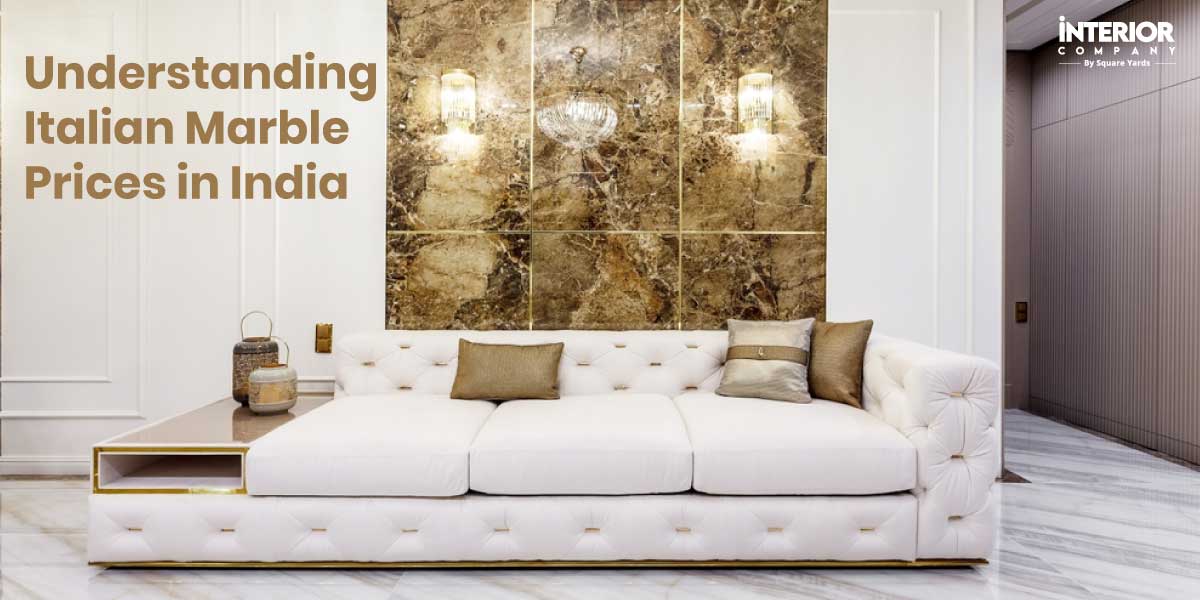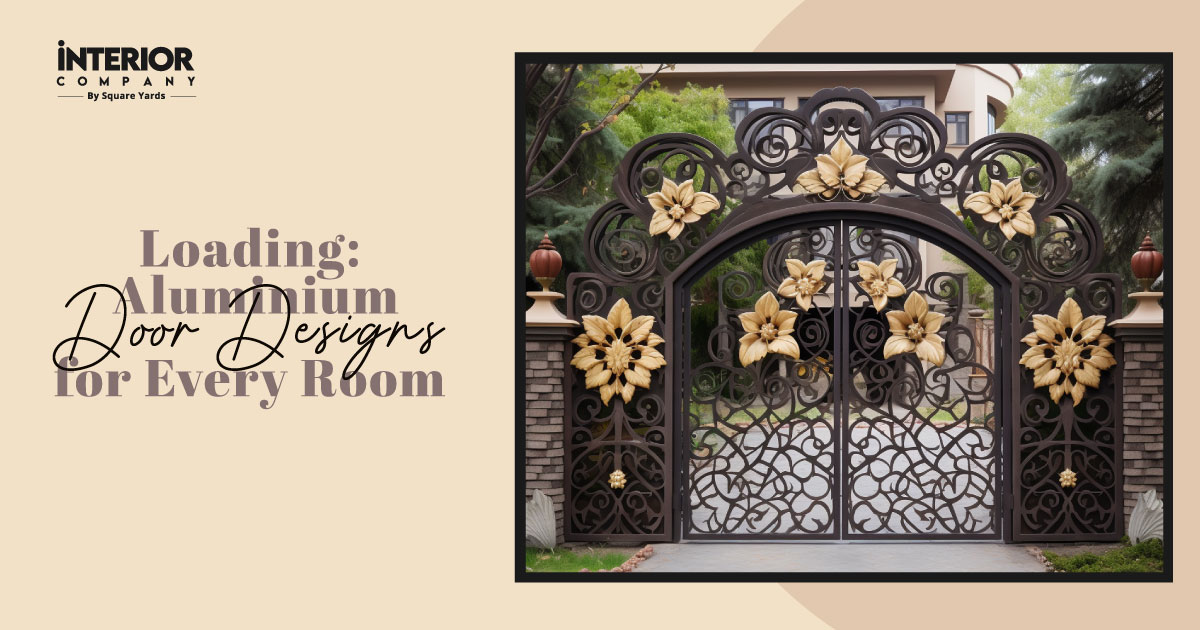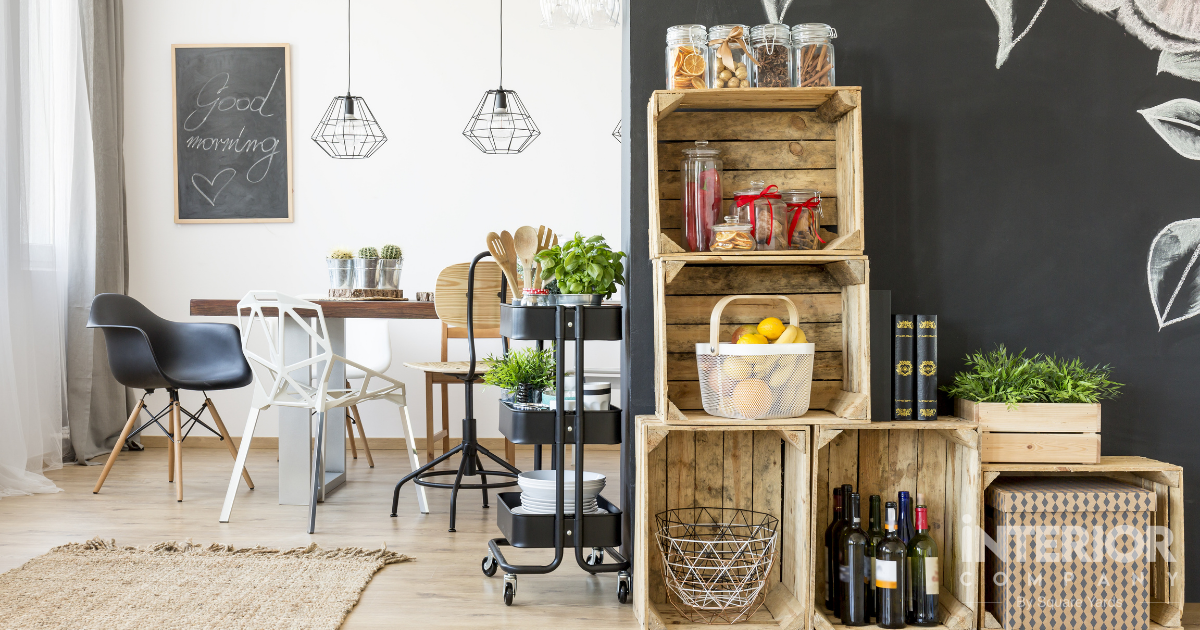- Home
- Trends
- Construction
- Materials
- Ceramic Tiles Vs Vitrified Tiles Know Differences
Vitrified or Ceramic Tiles? Everything You Need to Know Before You Decide
Beneath every great space lies an untold story of choice – the choice of flooring. Flooring is one of the most noticeable aspects of any space. In the world of aesthetics, where every detail counts, the floor is more than just a surface; it’s the foundation of a home that must be both durable and visually appealing. With numerous options available, the decision-making process can feel overwhelming, often leading to choices that might not be the best fit. Among these options, the battle between vitrified tiles and ceramic tiles stands out in the market. Despite both being widely recognised, they differ in significant ways that are crucial to understand. This guide delves into these differences to help you make the right decision.
Table of Content
Understanding the Meaning: Ceramic Tiles and Vitrified Tile Difference
Ceramic and Vitrified Tiles Comparison Table
A Detailed Comparison of Vitrified Tiles and Ceramic Tiles
Properties
Finishing: Aesthetic Options
Areas of Use
Vitrified Tiles vs Ceramic Tiles Price: Budgeting your Flooring
Durability: Which Tile Stands the Test of Time?
Advantages
UV- Light Resistance
Slip-resistant
Water absorption
Conclusion
Understanding the Meaning: Ceramic Tiles and Vitrified Tile Difference
Before choosing the perfect tile, it’s essential to understand the materials involved.
What are Ceramic Tiles?
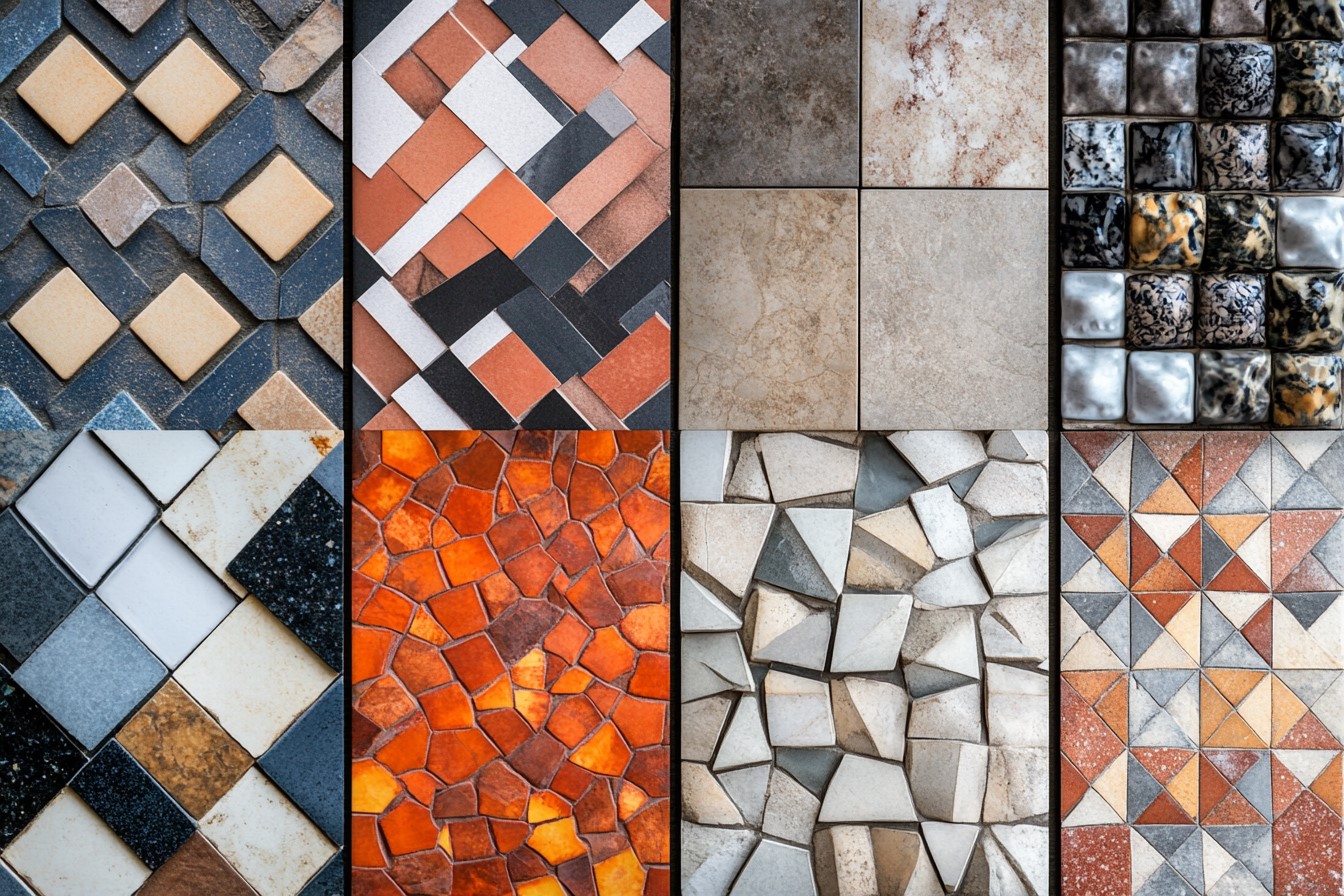
Ceramic tiles are one of the world’s most traditional and widely used types of tiles. They are crafted from natural materials like clay, sand, and water. These materials are shaped and fired at high temperatures, resulting in durable and versatile tiles. Ceramic tiles are known for their slightly porous nature, which gives them a more textured, rustic appearance. This characteristic makes them ideal for areas with lighter foot traffic.
What are Vitrified Tiles?
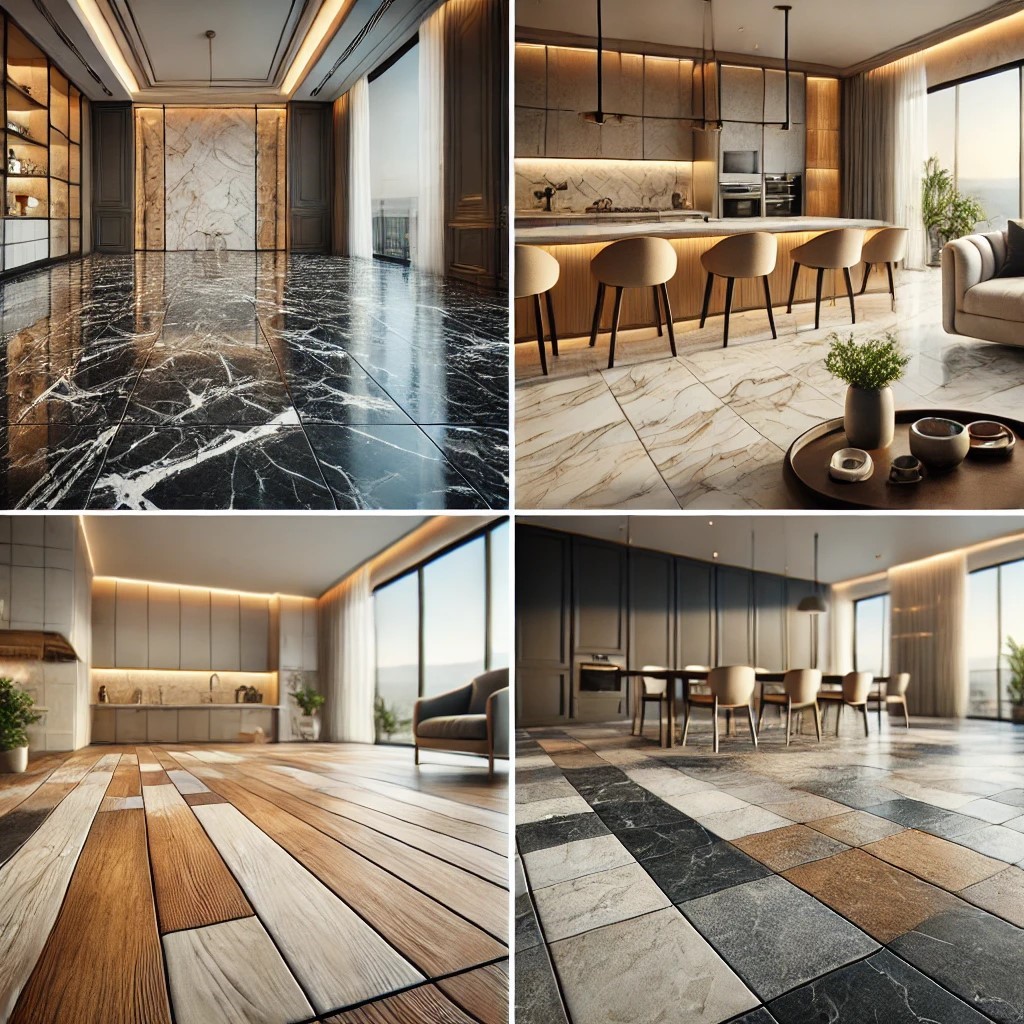
Vitrified tiles, on the other hand, are a more modern and advanced option in the tile market. The combination of clay and silica in a 60:40 ratio makes Vitrified tiles. However, modern tiles in the market also use a mixture of quartz, silica, and feldspar to form Vitrified tiles. Vitrified tiles are highly durable and resistant to stains and scratches, making them perfect for high-traffic areas.
Also Read: Know types of Tiles with their Complete Details
Ceramic and Vitrified Tiles Comparison Table
For a quick glimpse without getting into the details, here's a comparison table highlighting the key difference between ceramic tiles and vitrified tiles.
|
Feature |
Ceramic Tiles |
Vitrified Tiles |
|
Material Composition |
Natural clay, sand, water |
Clay mixed with silica, quartz, feldspar |
|
Surface Finish |
Textured, matte or glossy |
Smooth, glossy, polished |
|
Durability |
Durable but can chip/crack |
Highly durable, resistant to scratches |
|
Water Absorption |
Higher absorption, less moisture-resistant |
Low absorption, excellent moisture resistance |
|
Cost |
Generally more affordable |
Higher initial cost, long-term savings |
|
Installation |
Easier to install due to lighter weight |
Requires professional installation due to density |
|
Maintenance |
Requires regular maintenance, can stain |
Low maintenance, stain-resistant |
|
UV Light Resistance |
May fade over time with sunlight exposure |
UV-resistant retains colour in sunlight |
|
Slip Resistance |
Available in slip-resistant textures |
Anti-slip variants available |
|
Ideal Areas of Use |
Low to moderate traffic areas, indoor spaces |
High-traffic areas, indoor and outdoor spaces |
|
Aesthetic Options |
Wide range of colours, patterns, and finishes |
Sleek, modern look with a polished finish |
A Detailed Comparison of Vitrified Tiles and Ceramic Tiles
This next section will guide you through the key factors that can make or break your decision, ensuring you choose the perfect tile for your style and practical needs. Let's break down what sets these two popular options apart!
Properties
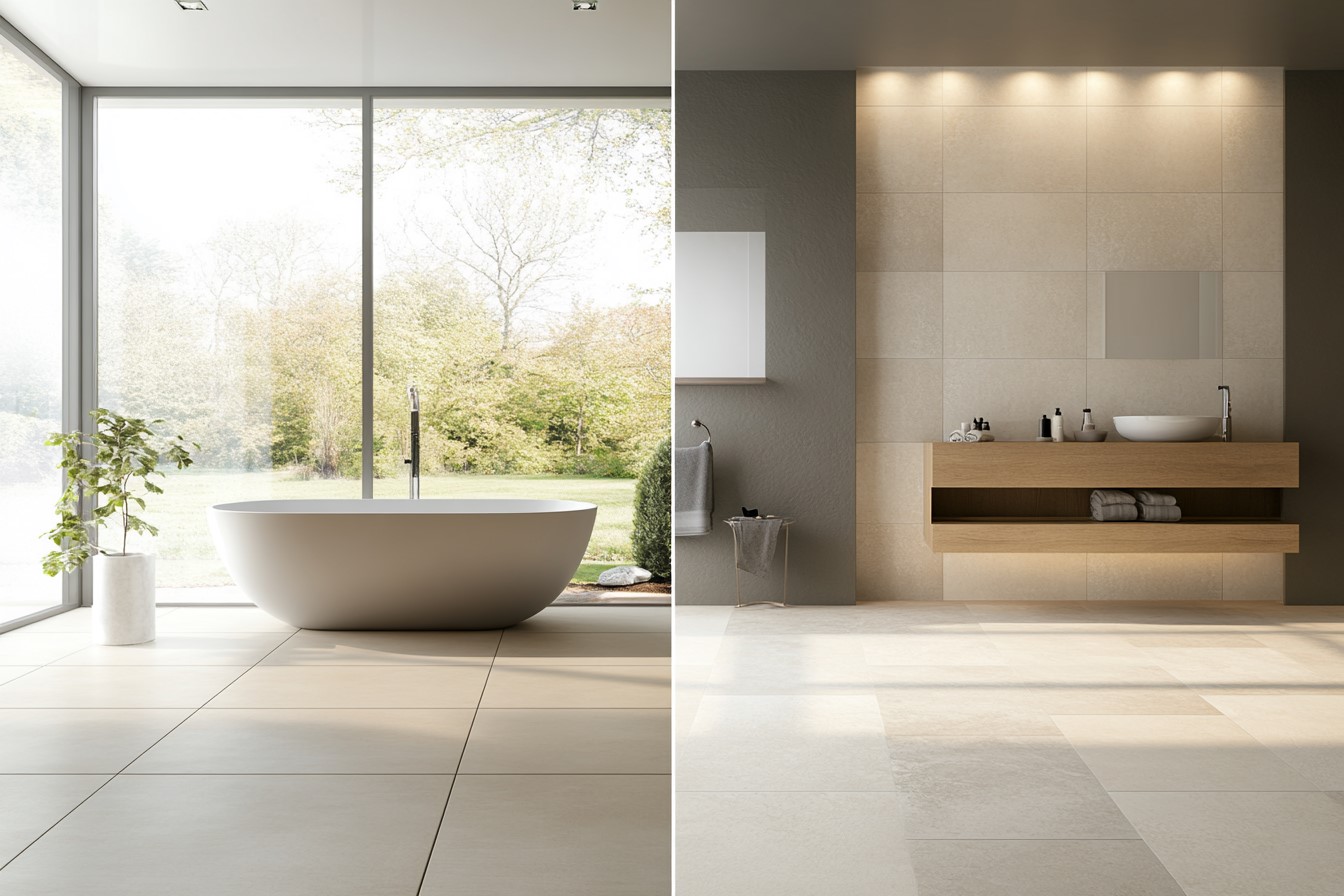
Vitrified tiles and ceramic tiles differ significantly in their properties. Understanding the core properties of each tile type is essential for making an informed decision.
Porosity
Ceramic Tiles: These tiles are slightly porous, making them more susceptible to moisture and stains. Vitrified Tiles: On the other side, vitrified tiles are non-porous, offering better resistance to moisture and stains. These are ideal for high-humidity areas.
Density
Ceramic Tiles: They offer less dense flooring, resulting in a lighter, more rustic feel. Vitrified Tiles: It is highly dense, contributing to their durability and longevity.
Texture
Ceramic Tiles: Typically have a more natural, earthy texture that can vary depending on the finish. Vitrified Tiles:Smoother and more refined due to the vitrification process, giving them a polished appearance.
Also Read: Explore Various Tiles Sizes for Available in India
Finishing: Aesthetic Options
Vitrified and ceramic tiles offer a range of aesthetic options, but their finishes differ.

Ceramic Tiles
Available in numerous finishes, from glossy to matte, ceramic tiles can mimic the look of natural stone or even handmade tiles. This variety allows for a wide range of design choices, particularly in residential spaces.
Vitrified Tiles
Vitrified tiles often feature a polished, glass-like finish that offers a contemporary and luxurious look. They can replicate high-end materials like marble or granite, making them popular for high-end projects.
Areas of Use
Choosing between vitrified or ceramic tiles often comes down to where they will be used.
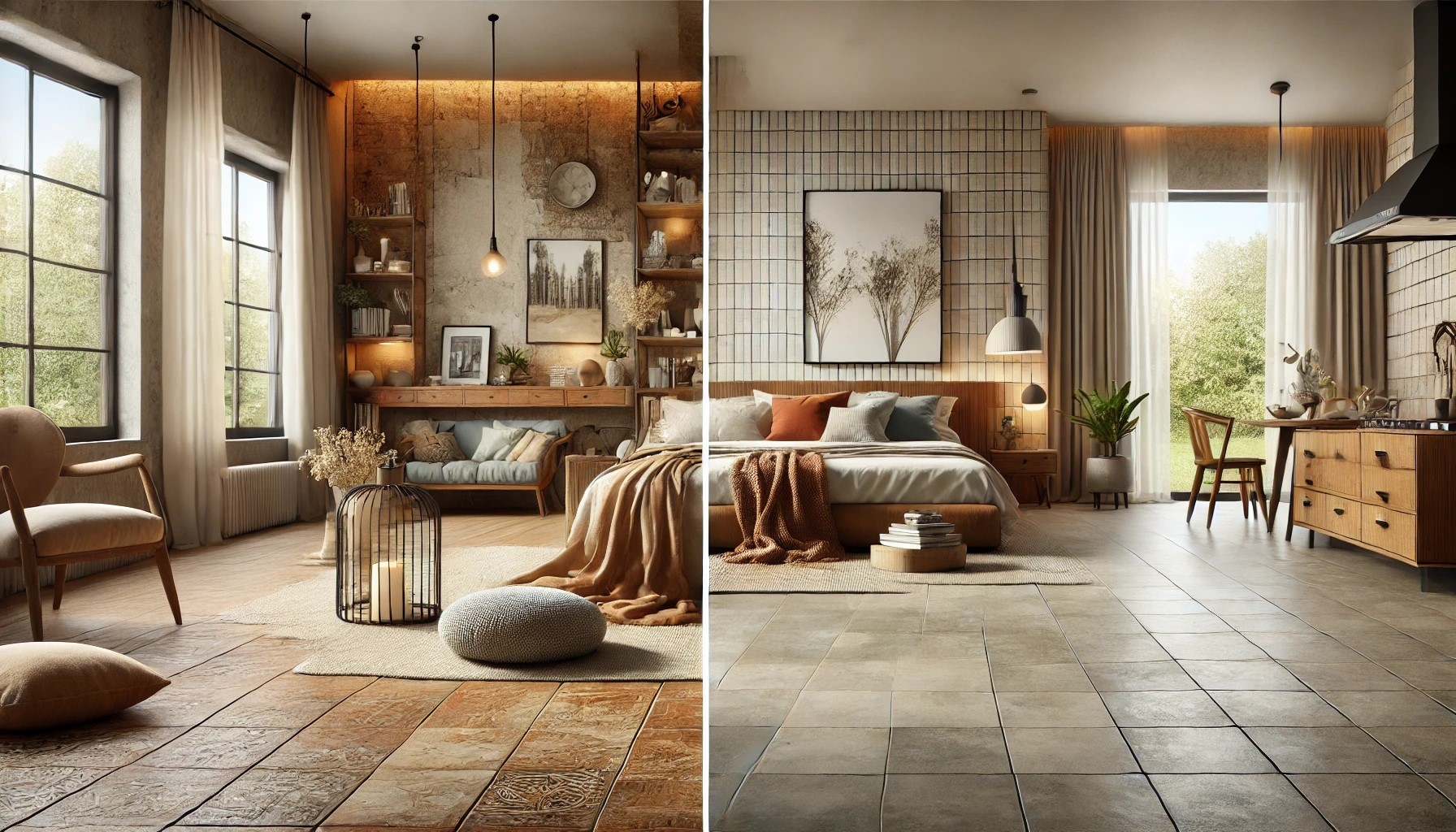
Ceramic Tiles
These are best suited for areas with low to moderate foot traffic, such as bedrooms, bathrooms, and kitchens. Their slight porosity means they work well in areas with minimal water exposure.
Vitrified Tiles
With their high durability and low water absorption, vitrified tiles are ideal for high-traffic areas like living rooms, corridors, and commercial spaces. Their moisture resistance also makes them suitable for outdoor use.
Vitrified Tiles vs Ceramic Tiles Price: Budgeting your Flooring
Budget is a significant factor when choosing tiles, and it is important to understand the cost difference between ceramic and vitrified tiles.
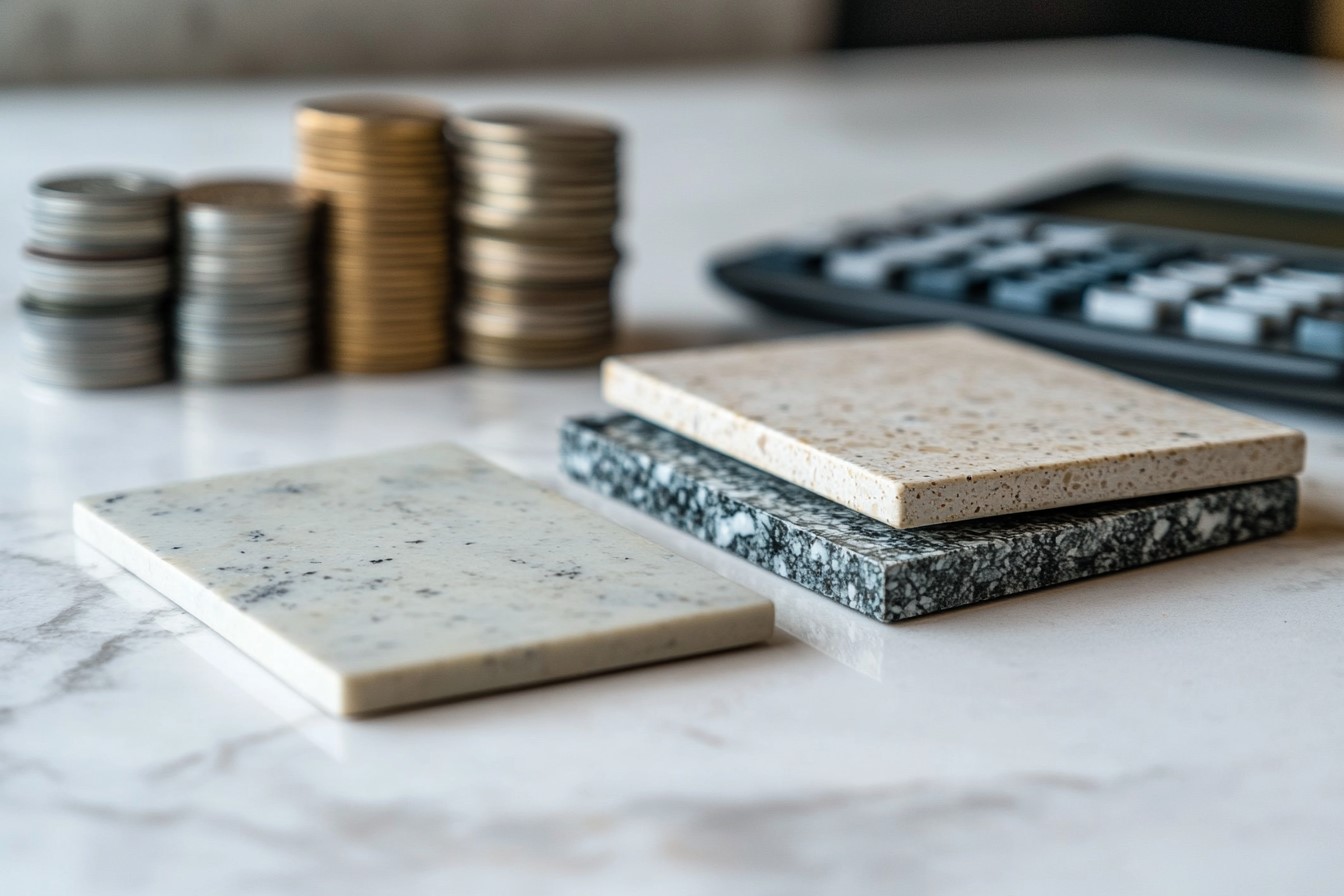
Ceramic Tiles
Ceramic tiles are generally more affordable and a good option for those working with a tight budget. However, their lower cost may come with higher maintenance needs over time.
Vitrified Tiles
Although more expensive initially, vitrified tiles offer long-term savings due to their durability and low maintenance. When comparing ceramic and vitrified tiles, it's essential to consider the long-term investment rather than just the upfront cost.
Durability: Which Tile Stands the Test of Time?
Durability is where the difference between ceramic and vitrified tiles becomes most apparent.
Ceramic Tiles
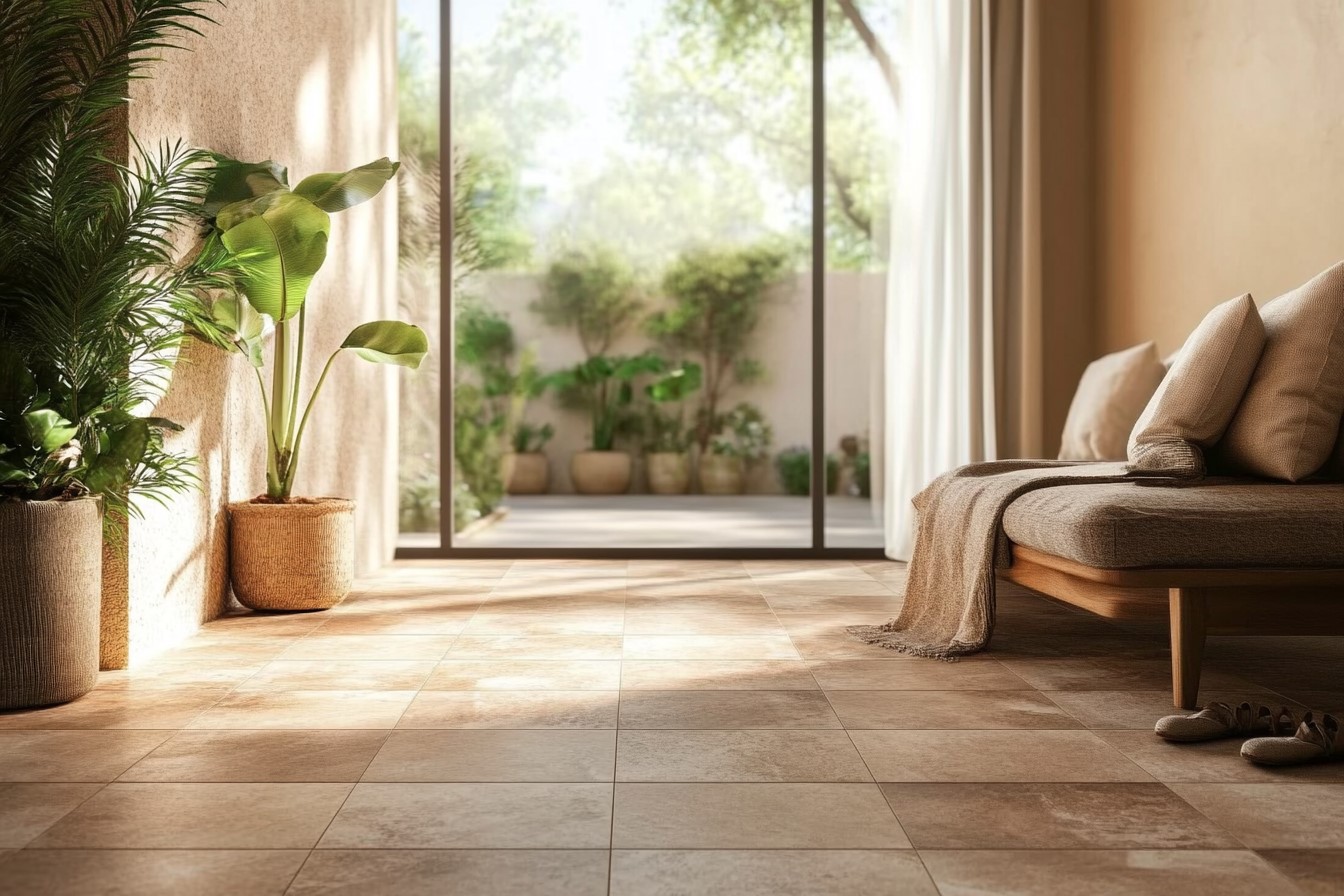
While durable, ceramic tiles can chip or crack under heavy use, especially in high-traffic areas. They are best suited for spaces where wear and tear are minimal.
Vitrified Tiles
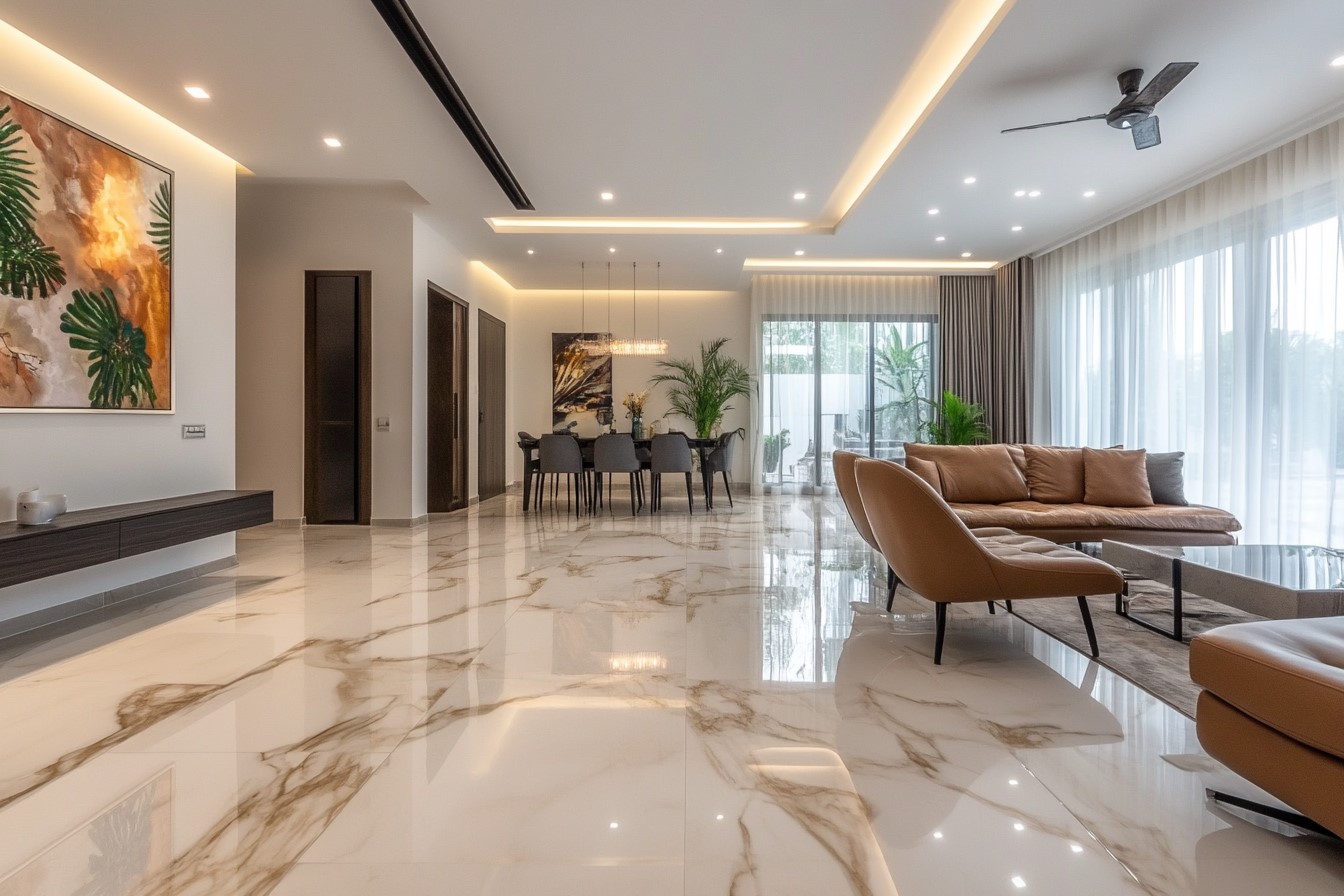
Vitrified tiles are extremely durable, making them resistant to scratches, stains, and heavy foot traffic. This makes them an excellent choice for residential and commercial areas where longevity is a key concern.
Recommended Articles
| Tips to Select Living Room Tiles | Easy Tips and Tricks to Select Tiles for Living Room |
| Bedroom Floor Tile Designs | Modern and Inspirational Bedroom Floor Tile Designs that Change Look and Feel of Your Space |
| Pooja Room Tile Designs | 8 Best Pooja Room Tile Designs that Create a Spiritual Ambience |
| Bathroom Tile Design | 33 Stunning Bathroom Tile Design Ideas for Wall and Floor |
Advantages
This table offers a quick comparison to help readers easily identify the key benefits of each tile type.
|
Ceramic Tiles Advantages |
Vitrified Tiles Advantages |
|
Affordability |
Long-term savings |
|
Wide range of finishes |
Smooth, polished finish |
|
High durability |
Scratch-resistant |
|
Fire-resistant |
Stain and water-resistant |
|
Easy installation |
UV light-resistance |
|
Slip-resistant textures |
Low porosity |
|
Low maintenance |
Low maintenance |
|
Suitable for low-traffic areas |
Ideal for high-traffic areas |
UV- Light Resistance
Exposure to sunlight can affect the appearance of tiles, especially in outdoor areas.
Ceramic Tiles
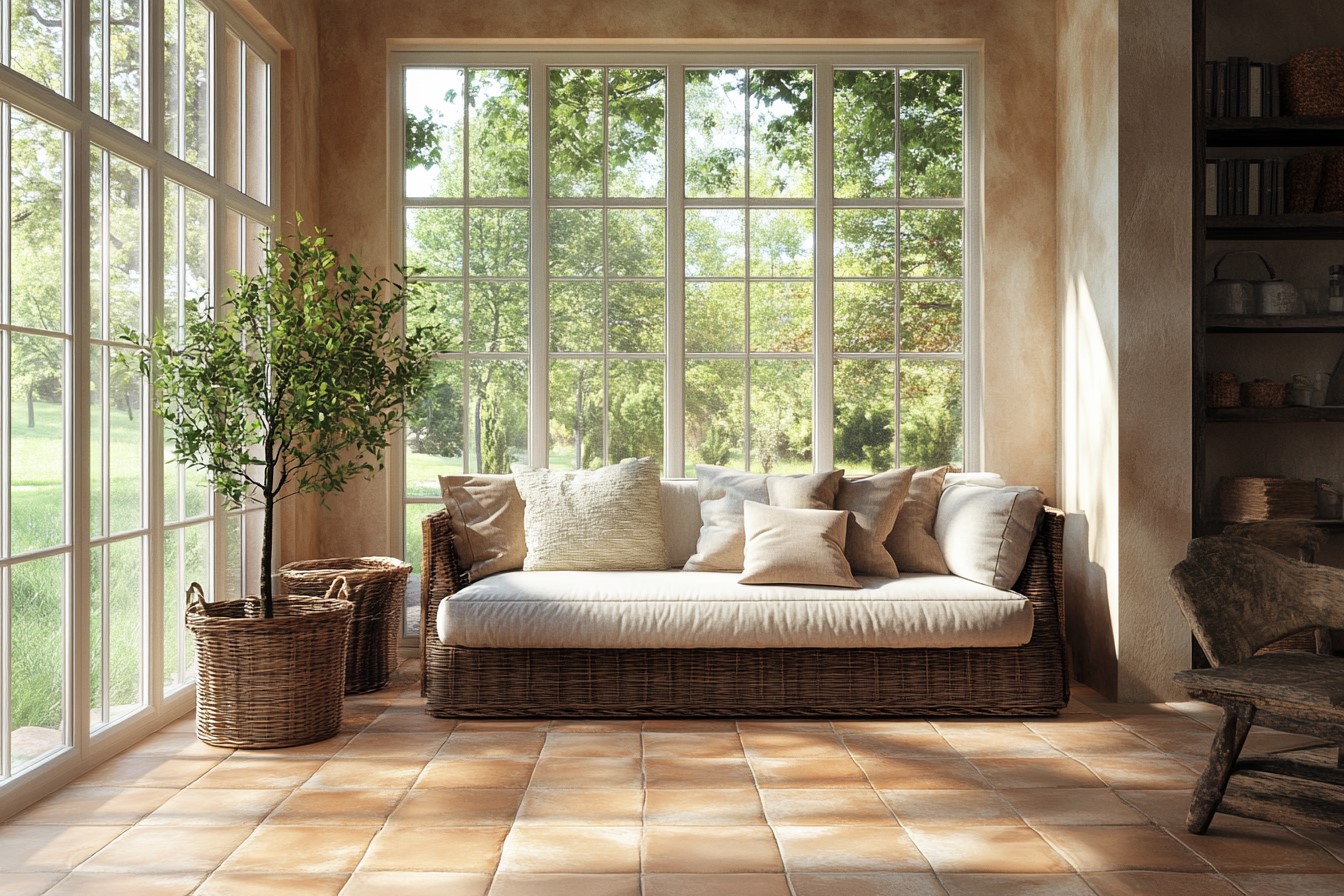
Depending on their glaze, ceramic tiles may fade over time when exposed to UV light, affecting their appearance in sunlit areas.
Vitrified Tiles
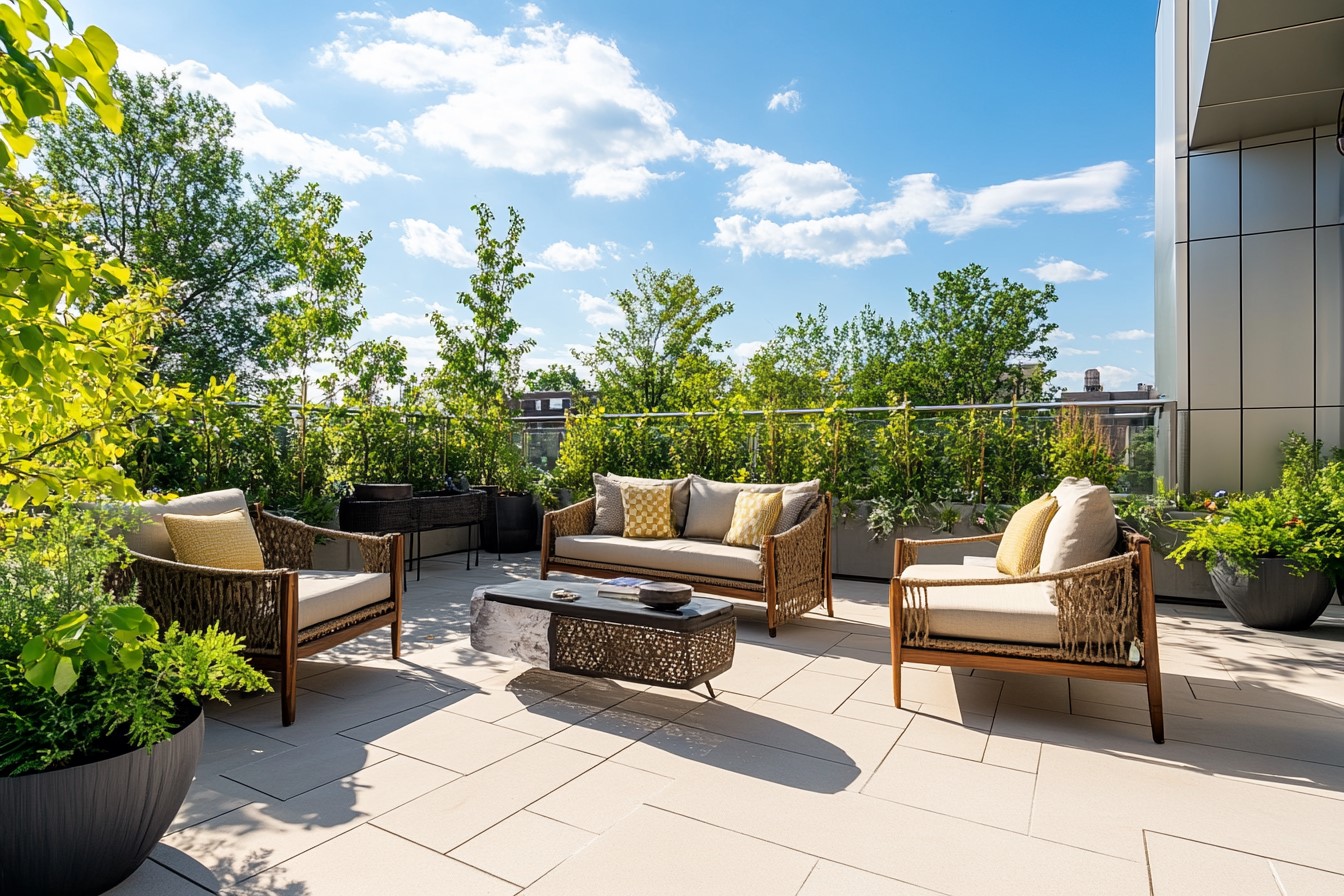
Vitrified tiles are highly resistant to UV light, maintaining their colour and finish even when exposed to direct sunlight, making them a superior choice for outdoor installations.
Slip-resistant
Safety is crucial, especially in areas prone to water exposure.
Ceramic Tiles
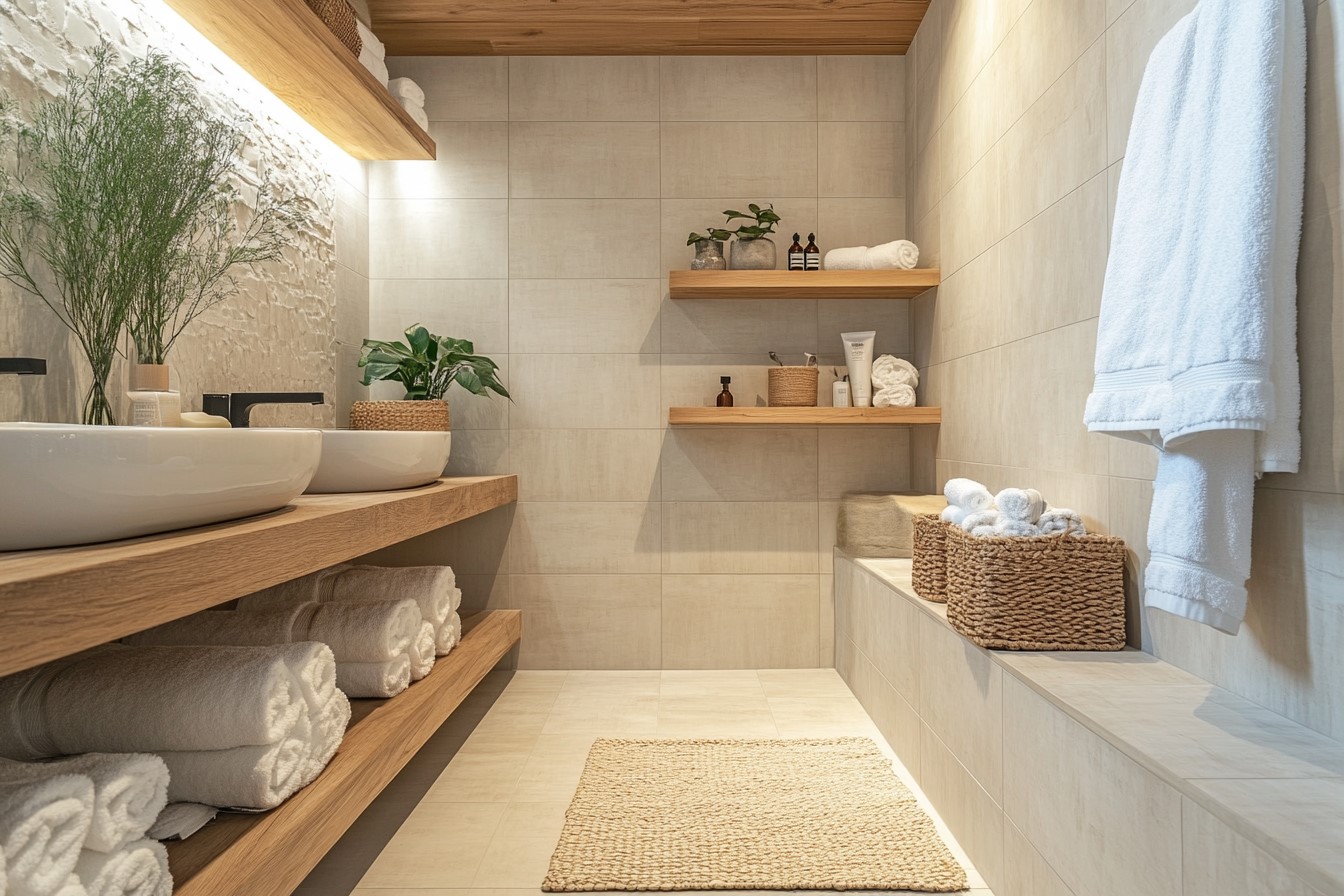
Available in both smooth and textured finishes, ceramic tiles can be slip-resistant if you choose a matte or textured surface, making them suitable for bathrooms and kitchens.
Vitrified Tiles
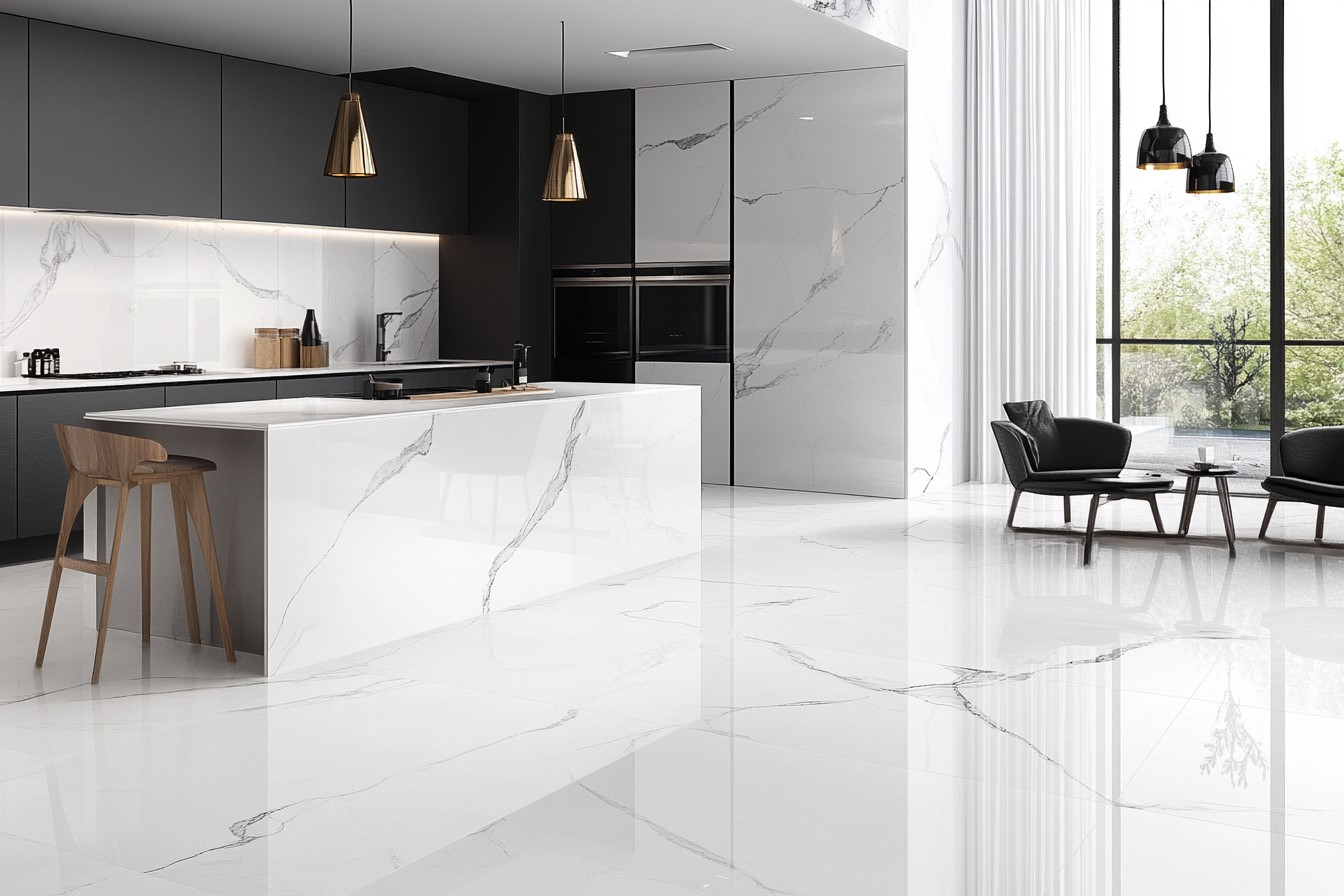
Vitrified tiles, due to their polished finish, can be more slippery. However, anti-slip variants are available, which provide the same durability with added safety.
Water absorption
A tile’s ability to resist water absorption is crucial, especially in wet areas.

Ceramic Tiles
With a higher water absorption rate, ceramic tiles are less suitable for areas that are frequently wet, like bathrooms or outdoor patios.
Vitrified Tiles
Vitrified tiles have a low water absorption rate, making them ideal for wet areas, including kitchens, bathrooms, and outdoor spaces. This is a key difference between vitrified and ceramic tiles when applying them in moisture-prone areas.
Recommended Articles
| Balcony Tile Designs | 14 Modern Balcony Tile Designs that Give Perfect Look to Your Balconies |
| Latest Floor Tiles Designs | 14 Latest Floor Tiles Designs You Must Checkout for Your Home |
| Stair Tiles Designs | 15 Attractive Stair Tiles Designs that Enhance Your Staircase Look |
| Front Elevation Tile Design | 21 Popular Front Elevation Tile Design that Give Stunning Appearance to Your Front Walls |
Conclusion
Identifying vitrified tiles and ceramic tiles is straightforward if you know what to look for. Choosing between vitrified or ceramic tiles ultimately depends on your needs, preferences, and application area. With their affordability and aesthetic versatility, ceramic tiles are a great choice for low to moderate-traffic areas and those who appreciate a more natural, textured finish. On the other hand, vitrified tiles offer unmatched durability, low maintenance, and a stylish, modern appearance, making them ideal for high-traffic areas and spaces exposed to moisture or direct sunlight. Ultimately, both options have their unique strengths, and understanding the differences can help you make an informed decision.
Still confused about the perfect flooring for your space? For more home decor inspiration and expert advice, get in touch with Interior Company and explore our wide range of design ideas!
*Images used are for illustration purposes only. Interior Company does not hold any copyright to the images unless mentioned explicitly.*
Ready for a home transformation?
Let our designers assist you!
Recent Posts
Vitrified tiles are generally more durable, water-resistant, and low-maintenance, making them ideal for high-traffic and moisture-prone areas. On the other hand, ceramic tiles are more affordable and offer a wide range of designs. These are suitable for low to moderate-traffic areas.
The main differences lie in the materials and manufacturing process. Ceramic tiles are made from natural clay and are more porous. In contrast, vitrified tiles are created by combining clay with silica and other minerals, making them denser, less porous, and more durable.
Ceramic tiles can be identified by their textured, natural finish and dull sound when tapped. Vitrified tiles have a smooth, glossy finish and produce a sharp, ringing sound when tapped. Vitrified tiles also repel water more effectively than ceramic tiles.
Yes, vitrified tiles are generally more expensive than ceramic tiles due to their enhanced durability, low porosity, and polished finish. However, their long-term benefits, such as lower maintenance costs and greater longevity, can make them more cost-effective over time.
Related Category
- Exterior Design
- False Ceilings
- Furniture
- Tips and Advice
- Walls and Texture
















